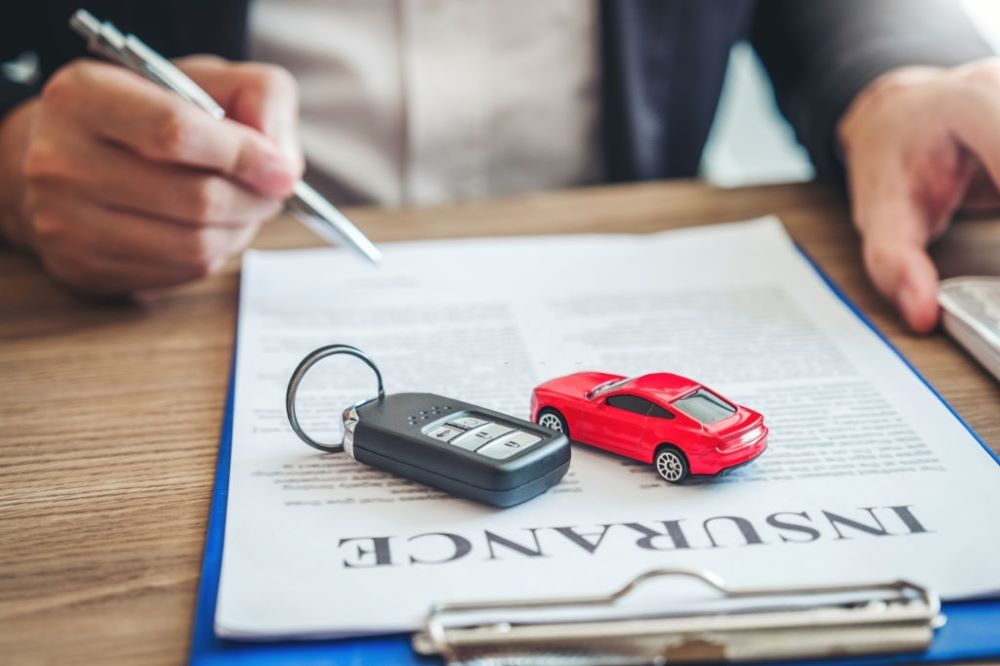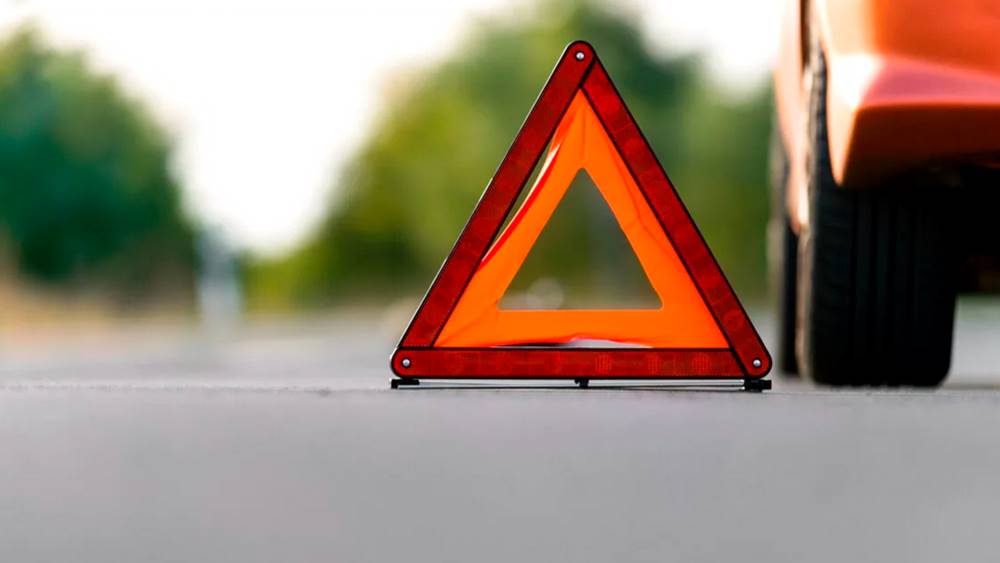How to File a Car Insurance Claim
Nobody wants to consider or even think about their cars insurance. In the event that your car suffers some kind of damage, whether it’s caused by an accident at home or vandalism, or a natural disaster, it is necessary to submit a claim to your insurance for help with the repair expenses. Here’s what you must be aware of when making an insurance claim.

What is an insurance claim?
Insurance claims are an application that you submit to the insurer of your automobile to claim compensation or cover in the event of a covered loss. When your request is accepted and accepted, you’ll be paid in accordance with the terms of your policy for the loss that you have suffered.
5 steps to file an insurance claim
What is the process for filing insurance claims? The majority of the things you must do before making a claim come down to recording as much detail as you can. The more you know regarding the condition of your vehicle and the better prepared you will be when you call your insurance provider. These are the steps you should follow when making claims. (Note that the steps listed may not be applicable to your particular circumstance. )
1. Collect data
Finding out that your car has suffered significant damage can be a stressful experience. Try to remain in the present and record the following details:
- Which car on your policy was involved?
- Which driver did you see?
- Time and location of the incident
- A brief description of the incident and the extent of the injury is
If you’re involved with another driver It is crucial to record their details as well for the following reasons:
- Name and contact details
- The insurance company, policy and the number
- The make, model, and license plate number as well as state
- Names of the passengers, if any
Additionally, you should get the contact details of potential witnesses. Their perspective can assist adjusters in determining the person responsible for an accident.
2. Photographs are essential.
Make sure you follow up on the details you’ve recorded by taking photographs of the damage to the property. Document the extent of damage done to your car and the other vehicles affected. Be sure to take photos of the area around it and the whole scene. Any photos you take that help to explain the damages and be helpful in submitting your claim.
3. Speak to the police
If you’re dealing with damages caused by a car crash Make sure you call the police on the scene since an official police report is likely to be required for filing claims.
The police play a major role in deciding who’s accountable. If they’re present don’t admit or deny anyone else of being at blame. The insurer and police will determine who’s at fault. It’s even likely that both you, as well as the other driver, are at an element of the blame for the incident.
If you can, collect the badge number and telephone number of the officers who respond. This information could be helpful if you have to contact them to get additional information later.
4. Keep track of all paperwork
Keep all documentation related to your accident or incident, including receipts. In accordance with the policy you have, you might be able to claim cashback for assistance or towing you required. A copy of the paperwork will help you explain the entire event to your insurance provider.
5. Make a claim with the insurance company that covers your vehicle
Make contact with your insurance provider as soon as you are able. If you are insured with Nationwide they allow you to make claims online or dial the number listed on the insurance card. Provide as much information you can regarding your situation, and be prepared to disclose all the details you recorded earlier. Note down the claim number your insurance provider will provide, and wait for an adjuster from your insurance company to contact you to resolve the details that you have filed. Take a look at the video below to learn the steps to file an online claim with Nationwide.
Steps to follow following the filing of an insurance claim
It’s now time to decide the best way to get your vehicle back to its normal driving. An adjuster from the insurance company who is assigned to your claim will walk you through the repair process, however, you should review your policy to understand what your coverage is going to bring into the picture. These are the most common procedures that are required to file an insurance claim.
1. Make an appointment for an inspection of your vehicle
A representative from an insurance company will typically ask you to schedule the inspection of your car in a certified repair shop. The results of their inspection will inform you whether your car is able to be repaired or is an absolute loss. In accordance with the conditions of your insurance, the adjuster could make a payment at this point.
2. Find out if a car rental is provided
If you anticipate being without a car for a prolonged period of time, you should check whether you have insurance for rental reimbursement in your insurance policy. This coverage can help you pay for the expense of renting a vehicle as your claim is processed or your car is being repaired. In most cases, rental coverage will come with a daily price limitation, in conjunction with an overall maximum.
3. Be aware of your deduction
Before you begin to make repairs, it is important to be aware of the deductible you’ll need to meet. Your deductible is the sum you have to meet before your insurance can begin paying you. If your vehicle’s repairs are less than the deductible, you’ll be required to cover the entire cost yourself.
As an example, let’s say you have a deductible of $500. A tree branch falls onto your vehicle and damages your windshield. It will cost you $300 to fix. If you did not reach $500 for repair then you’ll need to pay out the pockets to replace your windshield.
Be aware that automobile insurance policies usually include separate deductibles for collision protection as well as complete protection.5 Collision coverage comes into effect when you’re involved with a collision with another vehicle, or other objects. Comprehensive coverage protects against damages that aren’t caused by collisions with other vehicles for example, such as vandalism or weather-related incident.
4. Arrange repairs
If you require repairs your insurer is likely to provide you with a list of repair shops to pick from and, if needed, an estimate of costs. The insurer will orally pay the repair shop or pay for the repair costs.
5. What should you do if you’ve got your vehicle damaged or totaled
The adjuster from your insurance company will determine that your car is a total loss because of the extent that the damages are. This usually means that fixing your vehicle isn’t considered safe or is more expensive than what the car is worth itself. In the event of a vehicle being totaled either you or the business that you’re financing or leasing the vehicle from could be qualified for an amount of compensation to cover the value market for the vehicle.
If your car is taken and you are not able to recover it, you could receive reimbursement for the replacement cost. In this scenario, the insurance company will offer the cost of a new vehicle with the same model and model as your totaled vehicle. Review your policy to determine whether your comprehensive coverage is eligible to cover such a scenario.
[Sassy_Social_Share]



